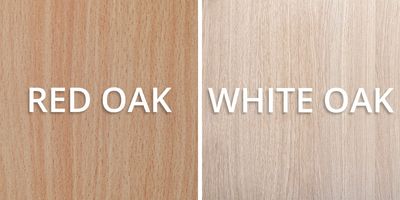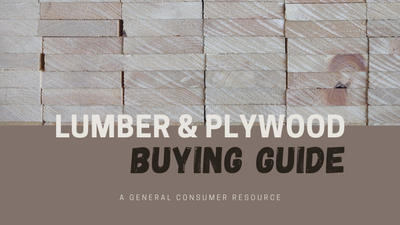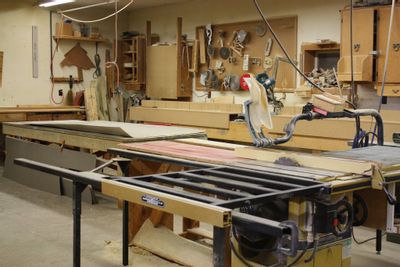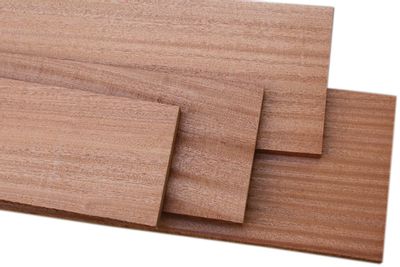Purchasing Lumber and Plywood: A Buyer's Guide
A Short List of Frequently Asked Questions
Why are dimensions & standards important?
Dimensions are incredibly important - not just so that your piece fits, but so that your salesman knows what product to sell you!
For instance, dimensional standards are:
Thickness x Width x Length (or) TxWxL
If you're into pneumonic devices, my favorite is that good lumber dimensions also make a great sandwich topping: Tomatoes, With Lettuce. Silly, I know. But it works!
Now let's use a few examples of why this order is so important. The first is an experience that I encountered multiple times a week inside The Woodshop here at Lewisburg Builders Supply: a customer request is misunderstood. What do I mean by this? I mean that when a customer comes in and asks me for a "board" that is "46 by 83 by 3/4," that communicates a lot of information to me, the service provider.
Using the metric standards, 46x83x3/4 means 46" thick x 83" wide x 2" long. Now, the customer almost certainly means a piece of plywood that is 3/4 T x 46 W x 83 L. At this point in the conversation, our shop carpenter, whether myself or another, would always stop and clarify those dimensions. But if our example was much more subtle, then this difference could easily go unnoticed, despite all efforts to ensure accuracy on behalf of the customer. And once or twice, I have had a moment where an error was made that needed to be corrected, because dimensions were unintentionally transposed.
Understanding dimensional standards is not only helpful to get a project accomplished, but also extremely helpful in saving time and money for both the customer and the provider!
What is the difference between lumber and plywood?
Simply put, lumber is a natural product, while plywood is manufactured."What's your project?"
I strongly believe that the hallmark of any goods supplier in our industry is to ask the question, "What is your project?"
It doesn't matter if my business is a hardwood lumber yard and sawmill, or a finish and paint supplier, or a hardware dealer. Asking the customer about their project is critical in order to help guide them toward success.
Let's say for a moment that a customer asked me for assistance to select a clear coat finish. If I am only told at first that they would like a clear protective finish, then I would follow up by asking about the product. This is because my answer may vary wildly depending on their needs. If the project will live inside, then I can absolutely recommend a clear finish for that. If the project will live outside, then I can still give helpful answers, but the finish will be a different brand or type of clear coat!
Keeping in mind the interior/exterior example, let's say this customer is asking about material. Once again, there are totally different wood species that I might recommend if I know that this project will live outdoors versus indoors.
Overall, a customer does not at all need to be an expert when they shop here. In fact, we welcome the opportunity to help someone track down what they need! No one needs to be a wood-whiz and know exactly the species or grade or anything of that manner. Instead, this very short list is to help customers understand what questions they might ask, and what questions they might be asked as well! Our goal here at Lewisburg Builders Supply is to make the purchasing process easy, efficient and enjoyable.




